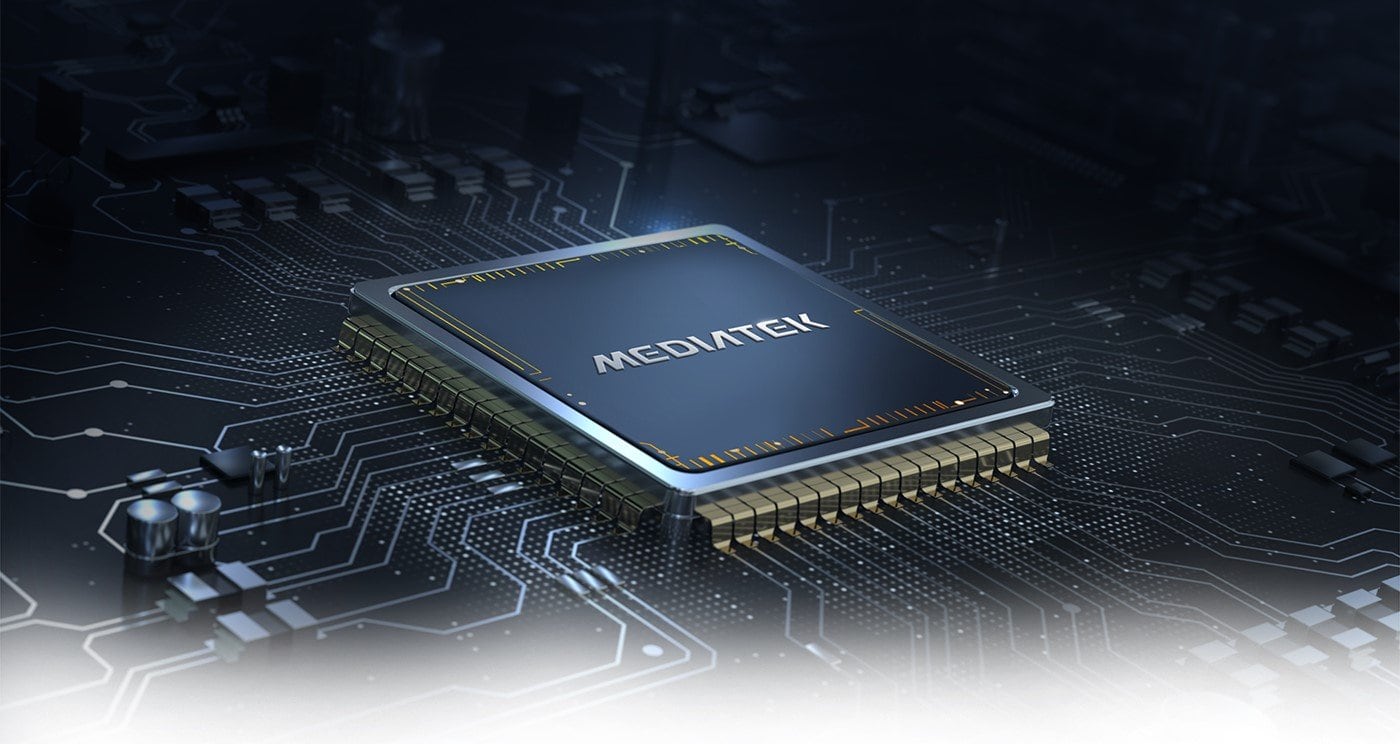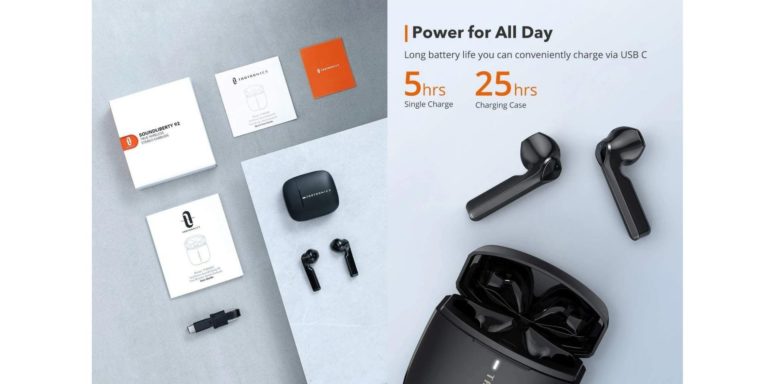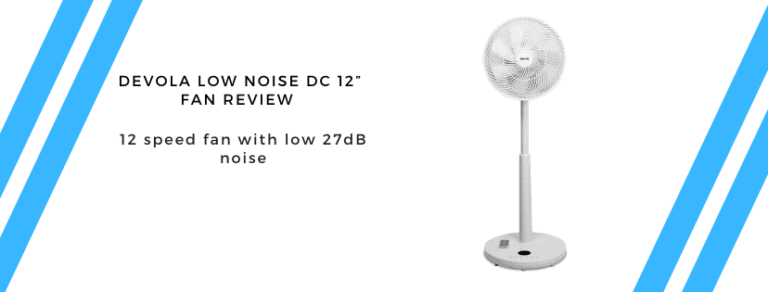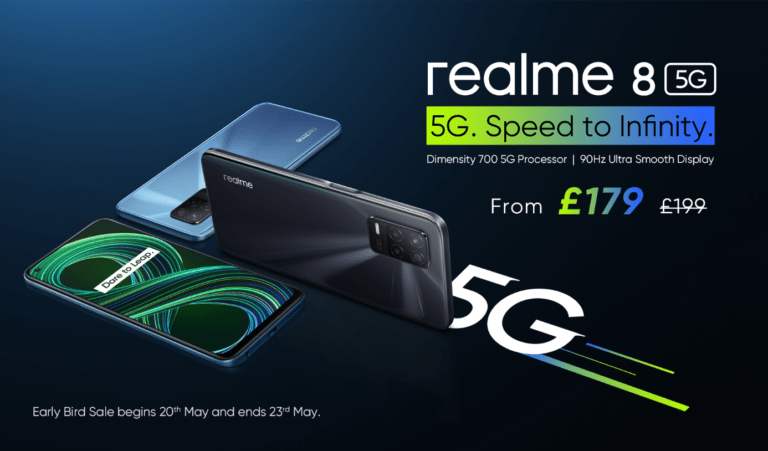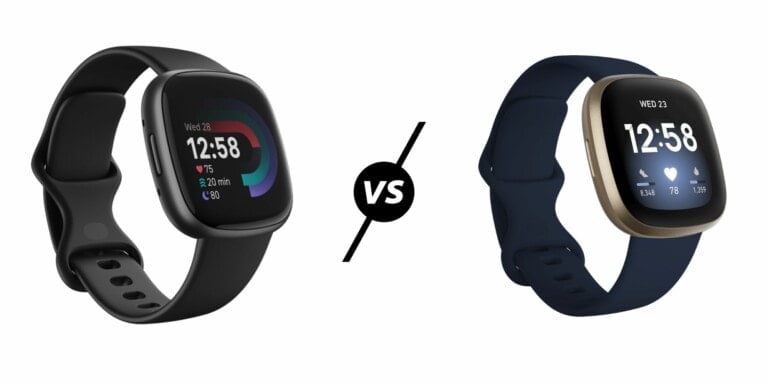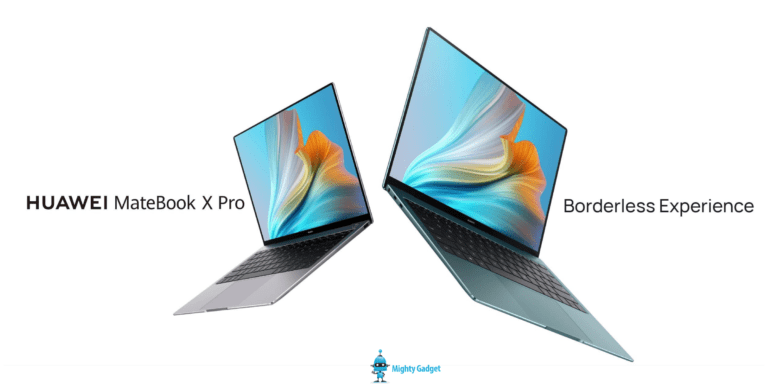Any links to online stores should be assumed to be affiliates. The company or PR agency provides all or most review samples. They have no control over my content, and I provide my honest opinion.
Meditek has been on a roll with their chipset launches recently, the company launched the MediaTek Helio G90 last year which comfortably took on the Qualcomm Snapdragon 730, beating it in many benchmarks. Then the launch of the MediaTek Dimensity 1000 promised to be the companies first big push into the flagship chipset space in years, with a specification and performance that can easily compete with the Qualcomm Snapdragon 865 and Exynos 990. Then the Dimensity 1000L came out, offer almost the same spec as the full fat model but featuring on an affordable OPPO Reno3, and finally, the new Dimensity 800 which again looks to compete with the new range of mid-range 5G chipsets from Qualcomm and Samsung.
Then there is the new Helio G70 which seems to be a step back. This new chipset is a gaming-oriented chipset for entry-level phones with Mediatek stating:
The MediaTek Helio G70 is ideal for mainstream smartphone users and elite mobile gamers. The G70 incorporates a pair of powerful Arm Cortex-A75 CPUs operating up to 2GHz, plus six Cortex-A55 CPUs in a single, octa-core cluster. These are interlinked and share a large L3 cache for improved performance plus up to 8GB of fast LPDDR4X memory. For gaming, an efficient, high-performance Arm Mali-G52 class graphics processor operates up to a speedy 820MHz. Together these are controlled by MediaTek’s CorePilot, which maintains a reliable, consistent performance regardless of how long you’re in-game.
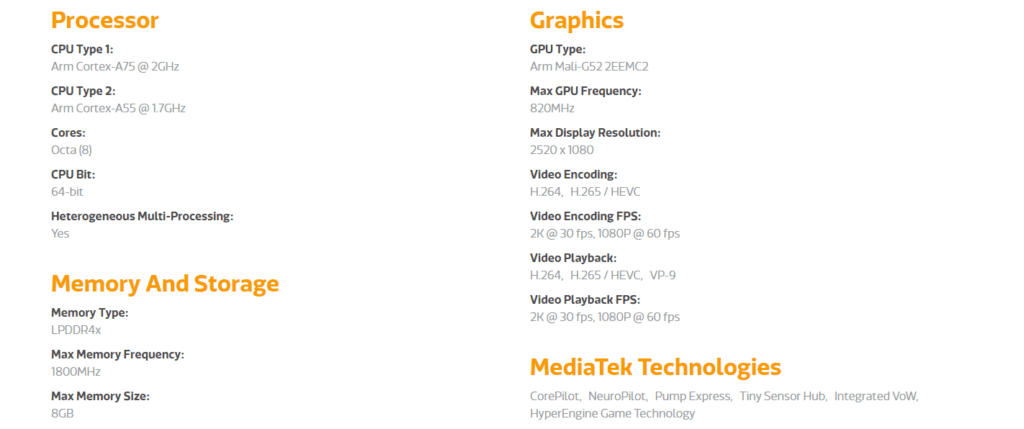
This statement makes the chipset sound impressive, but in fact, the overall specification is almost like for like with the Helio P65 which launched in the first half of last year.
From the spec, I am unable to find a single difference, certainly nothing that would provide a significant boost in performance.
| Helio G70 | Helio P65 | Helio G90 | |
|---|---|---|---|
| Fabrication | 12nm | 12nm | 12nm |
| CPU big cores | 2x Cortex-A75 at 2.0GHz | 2x Cortex-A75 (2.0GHz) | 2x Cortex-A76 at 2.05GHz |
| CPU little cores | 6x Cortex-A55 at 1.7GHz | 6x Cortex-A55 | 6x Cortex-A55 at 2.05GHz |
| GPU | Mali-G52 2EEMC2 820 MHz | Mali-G52 2EEMC2 820 MHz | Mali-G76 3EEMC4 |
| RAM | Up to 8GB LPDDR4x | 8GB LPDDR4x | Up to 10GB LPDDR4x |
| Storage | eMMC 5.1 | eMMC 5.1 | UFS 2.1, eMMC 5.1 |
| Display | 1080p, 21:9 | 1080p+ (21:9) | 1080p, 21:9 |
| Cameras | 48MP or 16+16MP | 48MP Quad Bayer, Dual 16MP | 64MP or 24+16MP |
| Video recording | 1080p/60fps | H.265, 1080p/60, EIS, RSC | 2160p/60fps |
| LTE | Cat 7 down, Cat-13 up | Cat-12 down, Cat 13 up | |
| Wireless | Wi-Fi 5, Bluetooth 5.0 | GPS, GLONASS, Galileo, BeiDou | Wi-Fi 5, Bluetooth 5.0 |
Both chipsets are based on the 12nm fabrication process, which the Helio G90 also uses. They both have 2x Cortex-A75 at 2.0GHz for the performance cores and they both have 6x Cortex-A55 cores.
There is no graphics uplift either as they both have a Mali-G52 GPU running at 820 MHz and they both support 8GB of LPDDR4x.
Not many phones launched with the Helio P65 with only Vivo using it on the Y19, Y5s, V17 Neo, S1 and Y7S. The Vivo 17 Nea is the same as the Vivo S1 and this launched for Vivo V17 RUB 19,990 (£249.62) in August 2019
Chinese media claims that the MediaTek Helio G70 will be used in phones in the CNY 1,000 price segment (around $145/£110). So the pricing could be the key difference between the P65 and H70.
I am James, a UK-based tech enthusiast and the Editor and Owner of Mighty Gadget, which I’ve proudly run since 2007. Passionate about all things technology, my expertise spans from computers and networking to mobile, wearables, and smart home devices.
As a fitness fanatic who loves running and cycling, I also have a keen interest in fitness-related technology, and I take every opportunity to cover this niche on my blog. My diverse interests allow me to bring a unique perspective to tech blogging, merging lifestyle, fitness, and the latest tech trends.
In my academic pursuits, I earned a BSc in Information Systems Design from UCLAN, before advancing my learning with a Master’s Degree in Computing. This advanced study also included Cisco CCNA accreditation, further demonstrating my commitment to understanding and staying ahead of the technology curve.
I’m proud to share that Vuelio has consistently ranked Mighty Gadget as one of the top technology blogs in the UK. With my dedication to technology and drive to share my insights, I aim to continue providing my readers with engaging and informative content.

